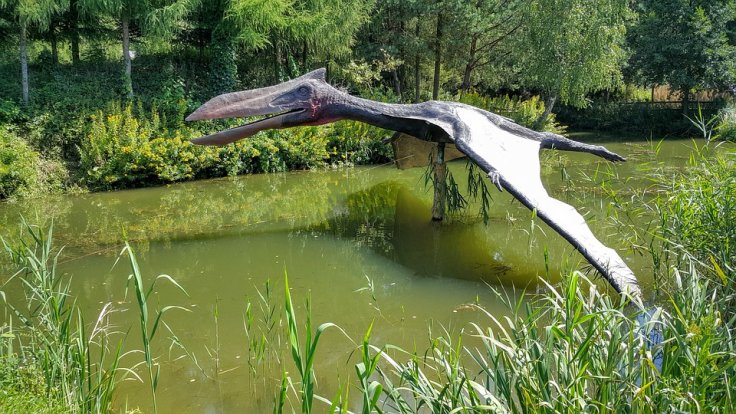
A team of scientists led by David Martill, a researcher who works at the University of Portsmouth's School of the Environment, Geography, and Geosciences, has discovered the remains of a flying reptile that lived on earth almost 100 million years ago.
More details about the flying reptile
The new species of pterosaur has been discovered in Africa, and scientists have named it Afrotapejara zouhrii. This is for the first time that researchers are discovering the remains of a pterosaur in Africa.
Scientists, after making the discovery, revealed that the giant reptilian birds flew in the skies during the Cretaceous period. Experts believe that the creatures had a wide wingspan, perhaps as wide as 12 feet.
"The study of Moroccan material shows that we are still far from having found all the paleontological treasures of North Africa. Even fragmentary fossils, like the jaw piece of the new pterosaur, can give us important information about the biodiversity of the past," said David Martill in a recent statement.
The researchers added that the new pterosaur has been named Afrotapejara zouhrii to honor legendary Moroccan paleontologist Professor Samir Zouhri. Even though a mammal specialist, Zouhri had also contributed to several discoveries of prehistoric reptiles in Morocco.
The discovery of another tiny dinosaur
A few months ago, researchers at the Chinese Academy of Sciences had discovered the fossil of a tiny dinosaur that weighed just 300 grams. The tiny dinosaur also had wings that resembled a bat, and researchers believe that it might have flown across the skies during the Jurassic era. The dinosaur had a length of just 32 centimeters.
Researchers who discovered the tiny dinosaur revealed that the fossil is more than 163 million years old. They also believe that the discovery could provide valuable insights into the evolution of dinosaurs during the Jurassic era, and how certain species got flying abilities.









